Archives
- 2025-12
- 2025-11
- 2025-10
- 2025-09
- 2025-04
- 2025-03
- 2025-02
- 2025-01
- 2024-12
- 2024-11
- 2024-10
- 2024-09
- 2024-08
- 2024-07
- 2024-06
- 2024-05
- 2024-04
- 2024-03
- 2024-02
- 2024-01
- 2023-12
- 2023-11
- 2023-10
- 2023-09
- 2023-08
- 2023-06
- 2023-05
- 2023-04
- 2023-03
- 2023-02
- 2023-01
- 2022-12
- 2022-11
- 2022-10
- 2022-09
- 2022-08
- 2022-07
- 2022-06
- 2022-05
- 2022-04
- 2022-03
- 2022-02
- 2022-01
- 2021-12
- 2021-11
- 2021-10
- 2021-09
- 2021-08
- 2021-07
- 2021-06
- 2021-05
- 2021-04
- 2021-03
- 2021-02
- 2021-01
- 2020-12
- 2020-11
- 2020-10
- 2020-09
- 2020-08
- 2020-07
- 2020-06
- 2020-05
- 2020-04
- 2020-03
- 2020-02
- 2020-01
- 2019-12
- 2019-11
- 2019-10
- 2019-09
- 2019-08
- 2019-07
- 2019-06
- 2019-05
- 2019-04
- 2018-11
- 2018-10
- 2018-07
-
What are the in situ
2024-08-20
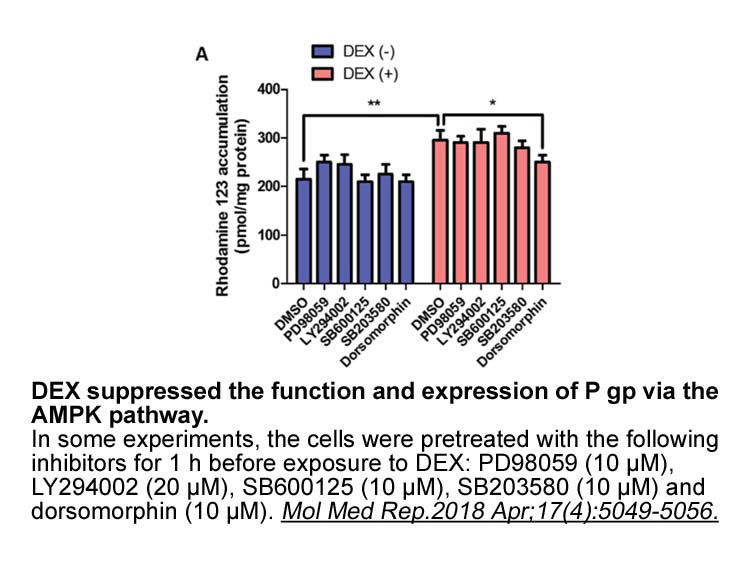
What are the in-situ effects of multi-site CaM associations with AT1R? Kai et al. showed that synthetic peptides corresponding to residues 125–137 (rat sequence) in SMD2, 217–227 in the N-terminal side of SMD3, and 304–316 in SMD4JM inhibit to various degrees AngII-induced GTPase activity of isolate
-
br Conflicts of interest br Funding br
2024-08-20
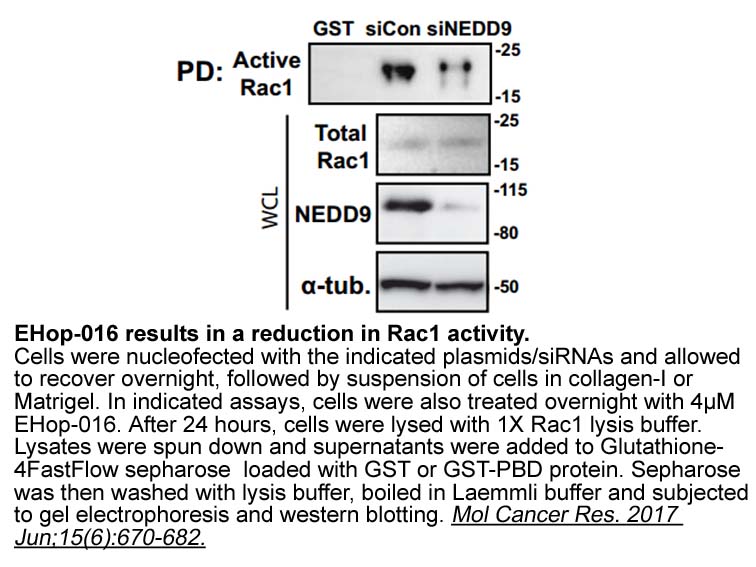
Conflicts of interest Funding Introduction Brassicaceae is an economically important family of plants containing rapeseed, cabbage, broccoli, brussels, radish and mustard. Among them rapeseed plays a crucial role, because of its application in food and also in fuel industry. According to th
-
br Materials and methods br
2024-08-20
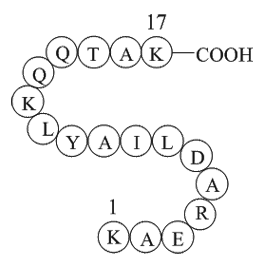
Materials and methods Results Discussion In the present study, we identified HBP1 as a novel substrate of AKT. This was demonstrated by in vitro phosphorylation assays and western blotting using phosphosite-specific antibodies. Three sites were identified by mass spectrometry and mutagenesi
-
Involvement of Adiponectin in the regulation of
2024-08-20
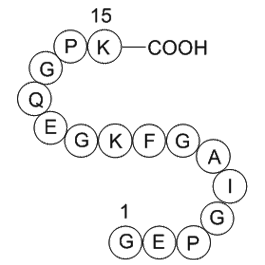
Involvement of Adiponectin in the regulation of imatinib resistance in human CML cells has not been hitherto examined. Therefore, in this study, we first established imatinib-resistant K562 CML cells, and then evaluated the effect of Adiponectin in reversing imatinib resistance. The data presented h
-
We found that several anticancer
2024-08-19

We found that several anticancer drugs inhibit 5-HT3 Apocynin current in vitro. Several studies have suggested that 5-HT3 receptor antagonists have anti-mitogenic and apoptotic effects on colorectal and breast cancer cell lines (Ataee et al., 2010, Hejazi et al., 2015). Irinotecan is used frequentl
-
br Discussion Here we focused on seven
2024-08-19
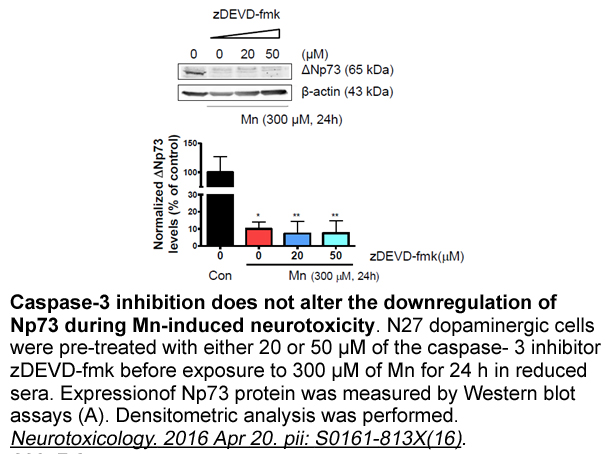
Discussion Here, we focused on seven plant alkaloids extracted from yokukansan. These alkaloids individually inhibited 5-HT-mediated 5-HT3A and 5-HT3AB receptor currents weakly. Simultaneous administration of these alkaloids, however, inhibited the 5-HT3A and 5-HT3AB receptor currents strongly. T
-
Neuropathic animals display increased sensitivity
2024-08-19
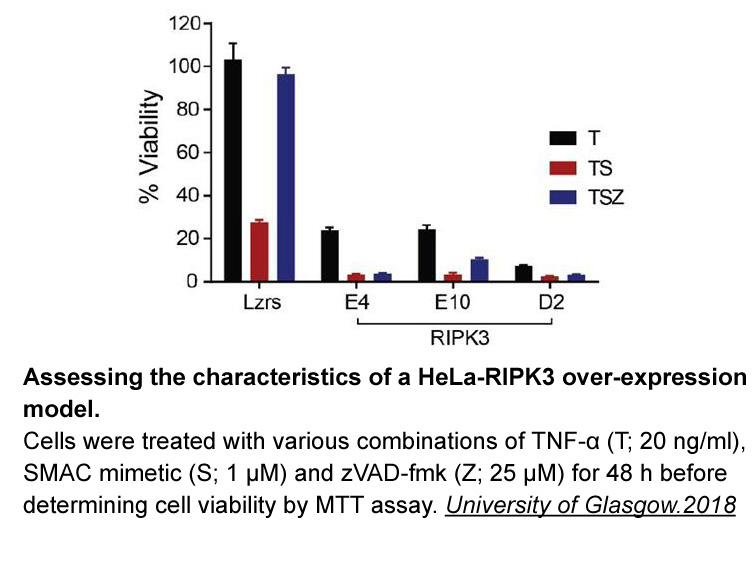
Neuropathic animals display increased sensitivity to the anti-nociceptive effect of baclofen and whilst the number and affinity of GABAB hexamethonium in the dorsal horn are not altered (Smith et al., 1994; Zemoura et al., 2016), GABAB receptors subunits (B1 and B2) are both down-regulated in senso
-
br Introduction O Dowd et al identified a gene
2024-08-19
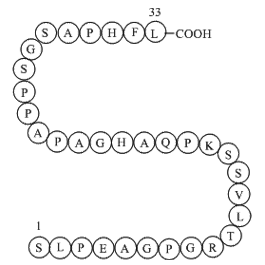
Introduction O’Dowd et al. identified a gene very similar to angiotensin type-1 receptor in 1993 (O’Dowd et al., 1993). The specific selective ligand of this receptor called APJ receptor was determined by Tatemoto et al. in 1998 as apelin (Tatemoto et al., 1998). The high expression of apelin and
-
Plant tissues were thought to be natural sources containing
2024-08-19

Plant tissues were thought to be natural sources containing different types of antioxidant compounds (tocopherols, ascorbic acid, carotenoids, and phenolic compounds). As a general classification, antioxidants were grouped as vitamins (ascorbic acid, tocopherols), carotenoids (condensed tannins, xan
-
Bamboo the fastest growing multipurpose woody plant
2024-08-19

Bamboo, the fastest growing, multipurpose woody plant with a myriad of industrial and domestic uses is intricately associated with the cultural, social and economic conditions of people in many Asian countries. Its uses are not only limited to being used as a substitute for wood in construction, fur
-
LOXs and CYPs are a series
2024-08-19
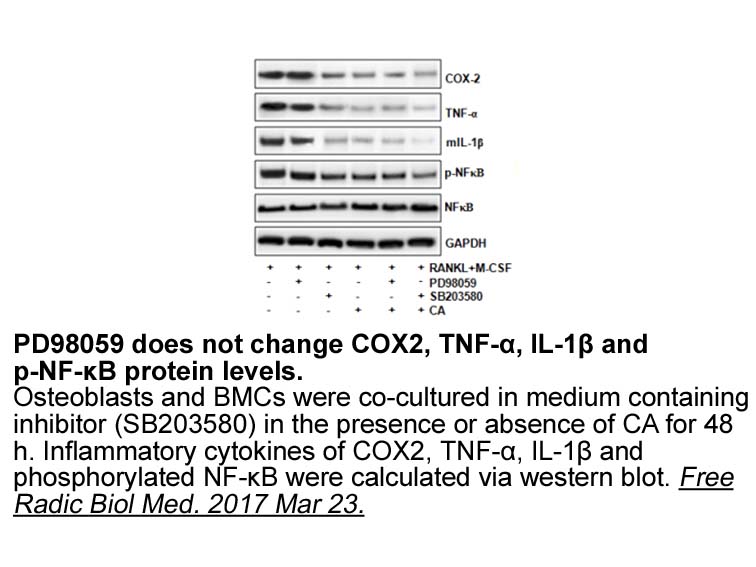
LOXs and CYPs are a series of iron-containing enzymes that metabolize arachidonic Sodium Picosulfate synthesis to form biologically active products, such as epoxyeicosatrienoic acids (EETs) hydroperoxyeicosatetraenoic acids (HETEs), prostaglandins, leukotrienes and thromboxanes [6]. Among these med
-
The literature suggests that adiponectin has a
2024-08-17
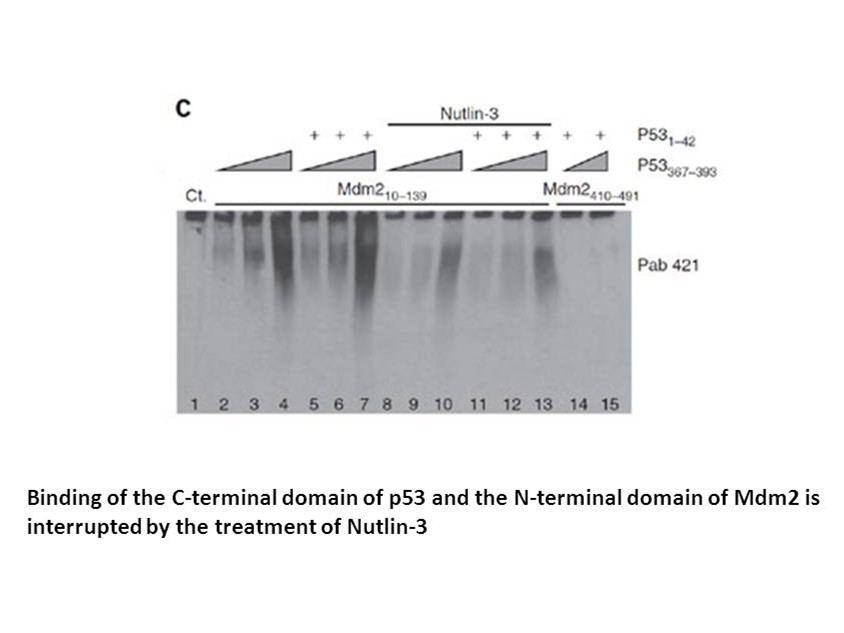
The literature suggests that adiponectin has a steroidogenic effect on ovarian function. In pigs, in vitro studies have shown that adiponectin reduced basal testosterone secretion in internal theca cells; in granulosa cells, it increased secretion of estradiol and, in combination with insulin, incre
-
Tissue distribution showed that ctrp was abundantly expresse
2024-08-17
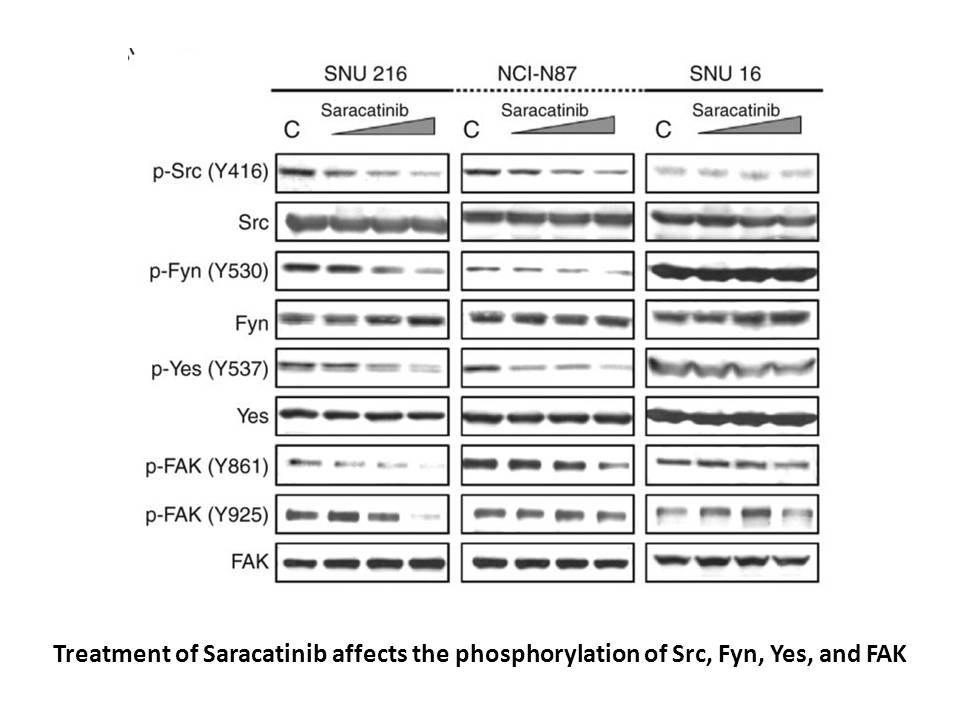
Tissue distribution showed that ctrp9 was abundantly expressed in the kidney of male and female tilapia. In mice, the Ctrp9 was identified in adipose tissue, and the expression levels were higher in females than that of males (Wong et al., 2009). Recent studies indicated that Ctrp9 was also expresse
-
The obtained results indicate that even
2024-08-17
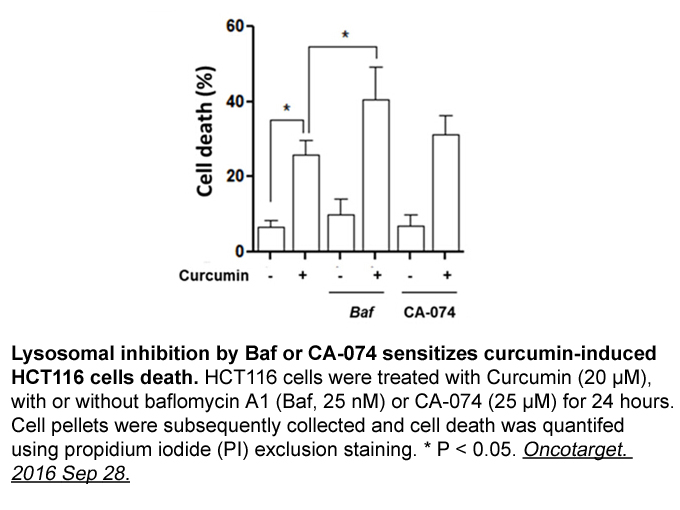
The obtained results indicate that even when the impairment of the same forms of memory are present, amnesia can develop in different ways. Impairment of memory reconsolidation in the conditioned food aversion model through both the serotonin receptor antagonist and the antagonist of NMDA glutamate
-
Although the immobilization by histidine tag exhibits effect
2024-08-17
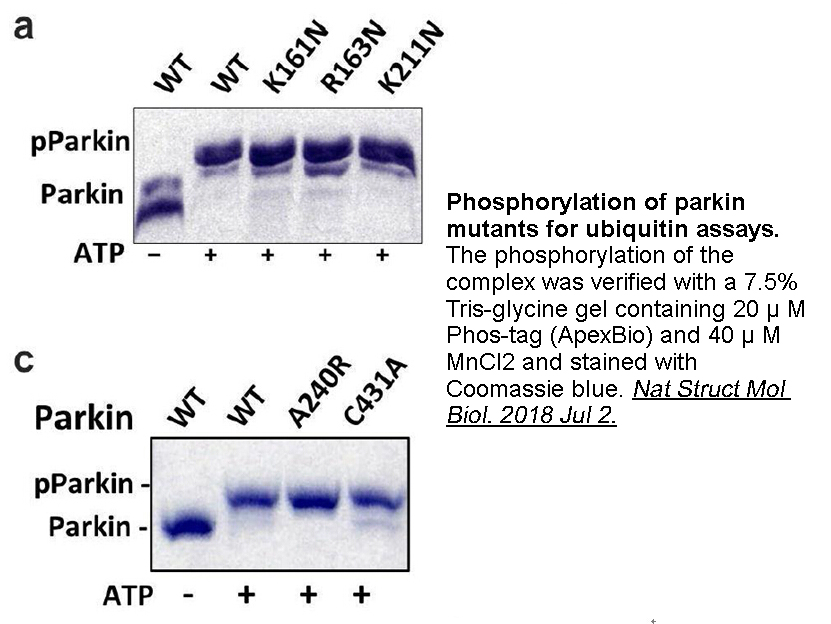
Although the immobilization by histidine tag exhibits effectiveness in oriented enzyme immobilization, it still faces some challenges [31]. On one hand, some unnecessary metal-binding proteins that interfere with the combination between the target protein and the supports or the additional interacti
15699 records 99/1047 page Previous Next First page 上5页 96979899100 下5页 Last page